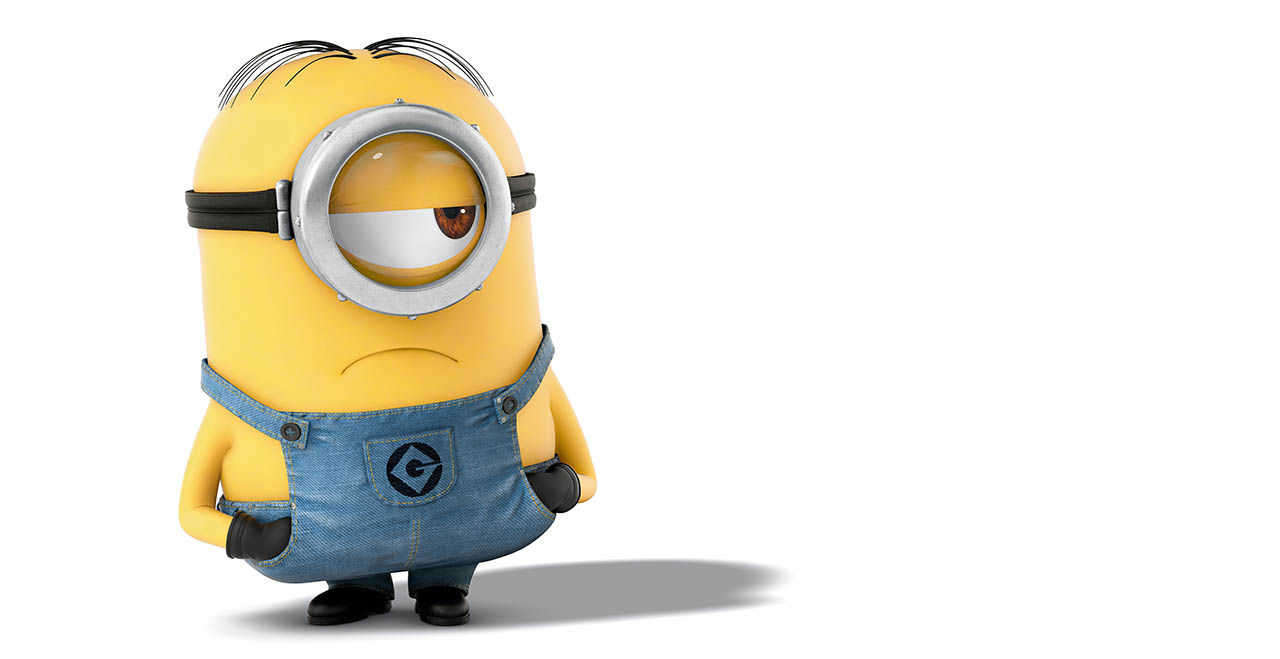
Minions
Over the course of a handful of months the minion characters from Universal’s Minions have taken over our daily lives in a way that is somehow both hurriedly violent and sort of cute. They’re stuck to bananas, printed on paper towels, placed on boxes of Twinkies and on TV and movie screens alike.
As with anything popular, most people have developed a strong stance on Minions the movie, minion culture and the characters themselves. It seems you either want to remove all things yellow and cylindrical from the face of the earth, or you want to become a minion — or maybe become a minion’s minion, if you will.
The tiny, bright-colored creatures have joined a divisive group of pop-culture phenomena that you probably know all too well, a group of popular entities that include The Twilight Saga, One Direction, Glee and any and all Shrek characters. Bands, TV programs, movies, books and characters that exist in this upper stratosphere of popularity experience obscene amounts of love along with equally obscene amounts of hate. It’s not necessarily bad or even surprising that popular entertainment spawns radical opinions and rifts in groups. The world would be a strange and scary place if no one were annoyed by the talking donkey from Shrek or if everyone was perfectly fine with the plot of Twilight. However, is there something about minions that allow them to be even easier to hate than their pop predecessors?
The advertising campaign for Minions cost at least $593 million, which was about eight times the cost of making the actual film itself, according to Bloomberg. The whale-sized advertising budget has meant no one is free from the minion madness, and most people existing, eating and shopping in any mildly populated area have come in contact with a minion smiling up at them thanks to a promotional budget that could easily buy multiple islands.
“They’re everywhere, those yellow guys,” said Nick Carpou, Universal’s domestic distribution chief in an interview with Variety. “In a way they exist in the culture without even having a film attached to them.”
Minions aren’t the first characters who bring joy to children and annoy everyone else. But the fact that minions took pop culture by storm so quickly is part of the reason the negative backlash and annoyance is so strong. It begs the question, how much advertising is too much?
However, Minions had the second-largest animated film opening in history, according to Variety. So maybe the advertising was worth it? In the end, the success of Minions has really only reinforced the idea that if children’s filmmakers want an audience, they need to make sure children see the movie characters everywhere they go. The more often minions are on the brain; the more tickets will be sold.
“[Minions] have become our Mickey Mouse, frankly,” said Ron Meyer, vice chairman of NBC Universal in an interview with USA Today. “They fill every need of an iconic character. Fifty years from now, people are going to instantly recognize Minions. They are huge in every way.”
There’s no doubt minions are Universal’s tiny yellow godsends, and it’s not crazy to assume they will still be recognizable in 50 years. But whether they will invoke joy or cringing that far down the road still remains to be seen.



